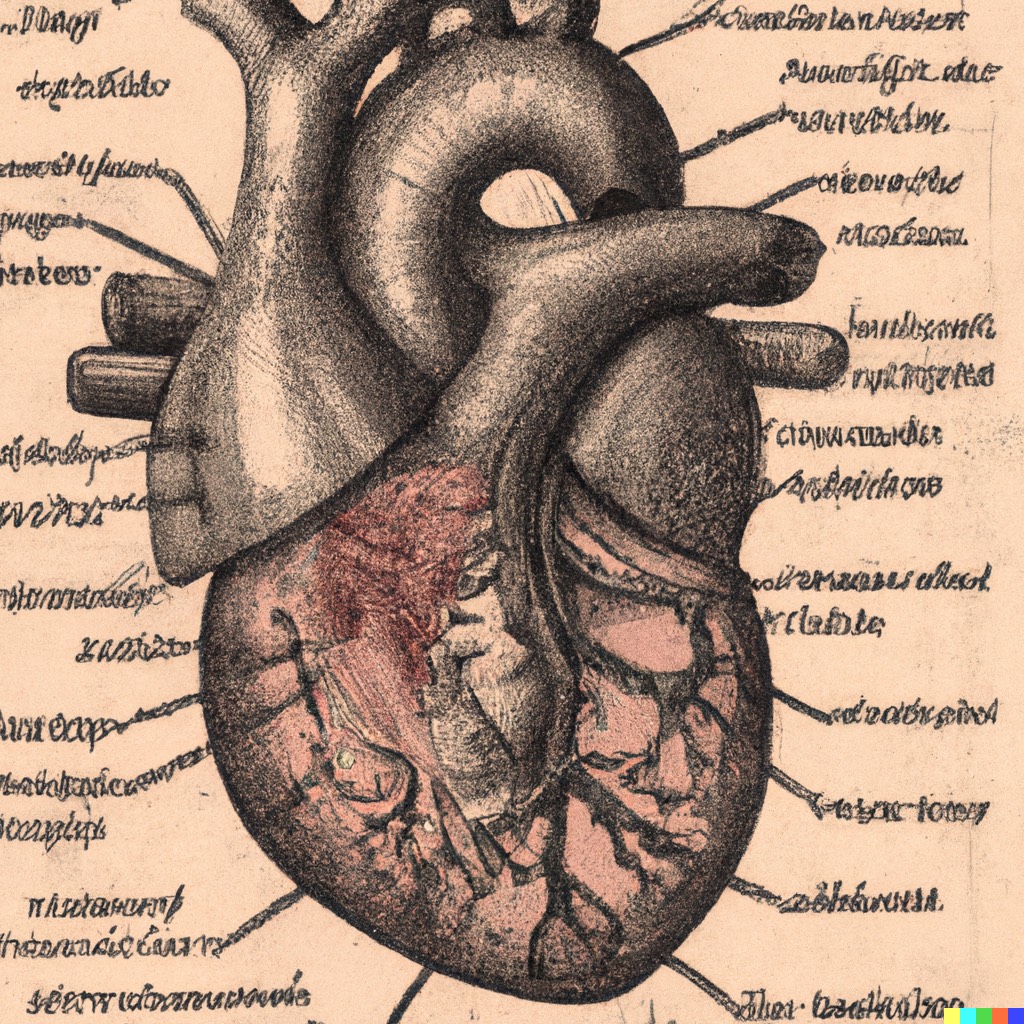Title: The Watchman: Revolutionizing Blood Clot Prevention in Atrial Fibrillation
Introduction
Atrial fibrillation (AF), a common heart rhythm disorder, poses a significant risk of blood clot formation in the atria, potentially leading to stroke and other complications. To counter this threat, medical science has introduced an innovative device known as the Watchman atrial implant. In this article, we will explore what the Watchman implant is, how it is inserted, the risks involved during its insertion, and its long-term success rate in preventing blood clots. Additionally, we will discuss the overall prognosis for recipients of this groundbreaking medical technology.
Description of the Watchman Atrial Implant
The Watchman atrial implant is a small, parachute-shaped device designed to permanently close off the left atrial appendage (LAA), a small pouch-like structure in the heart where blood clots often form in patients with AF. By sealing off the LAA, the Watchman implant prevents blood clots from escaping into the bloodstream and potentially causing a stroke.
The procedure for inserting the Watchman implant involves a minimally invasive approach. Under general anesthesia, a cardiologist guides a catheter through a vein in the leg, reaching the heart's left atrium. Using transesophageal echocardiography (TEE) and X-ray imaging for guidance, the Watchman device is precisely positioned and deployed within the LAA, securing it in place. Over time, tissue grows over the implant, permanently sealing off the LAA.
Risks During Insertion
Although the Watchman implant procedure is minimally invasive, it does carry certain risks. Some potential risks during insertion include the possibility of pericardial effusion (fluid accumulation around the heart), air embolism, or device-related complications like dislodgement or incomplete closure of the LAA. However, with the use of TEE and X-ray imaging during the procedure, the cardiologist can closely monitor and mitigate these risks.
Success Rate at Preventing Clots
The Watchman implant has demonstrated remarkable success in preventing blood clots associated with atrial fibrillation. Clinical studies have shown that over time, patients implanted with the Watchman device have experienced a significant reduction in their risk of stroke compared to those solely relying on blood-thinning medications like warfarin or direct oral anticoagulants (DOACs).
One such study, the PROTECT AF trial, reported a 37% reduction in the risk of stroke or systemic embolism in patients implanted with the Watchman device compared to those on long-term warfarin therapy. Similarly, the subsequent PREVAIL trial revealed a 40% reduction in the risk of stroke or cardiovascular death among Watchman recipients.
Long-Term Prognosis of Recipients
The long-term prognosis for patients who receive the Watchman implant is generally positive. Once the device is implanted and the LAA sealed off, patients can potentially discontinue the use of blood-thinning medications, which are associated with bleeding risks. However, it is crucial for recipients to follow their cardiologist's recommendations for post-procedure care, including ongoing monitoring and periodic assessment.
While the Watchman implant significantly reduces the risk of stroke, it is important to note that AF itself is a chronic condition that requires ongoing management. Regular follow-ups with healthcare providers, adherence to prescribed medications, and a heart-healthy lifestyle remain crucial components of long-term care for AF patients, even after receiving the Watchman implant.

Conclusion
The Watchman atrial implant represents a remarkable advancement in the prevention of blood clots related to atrial fibrillation. With its minimally invasive insertion procedure, notable success rate in preventing clots, and potential






